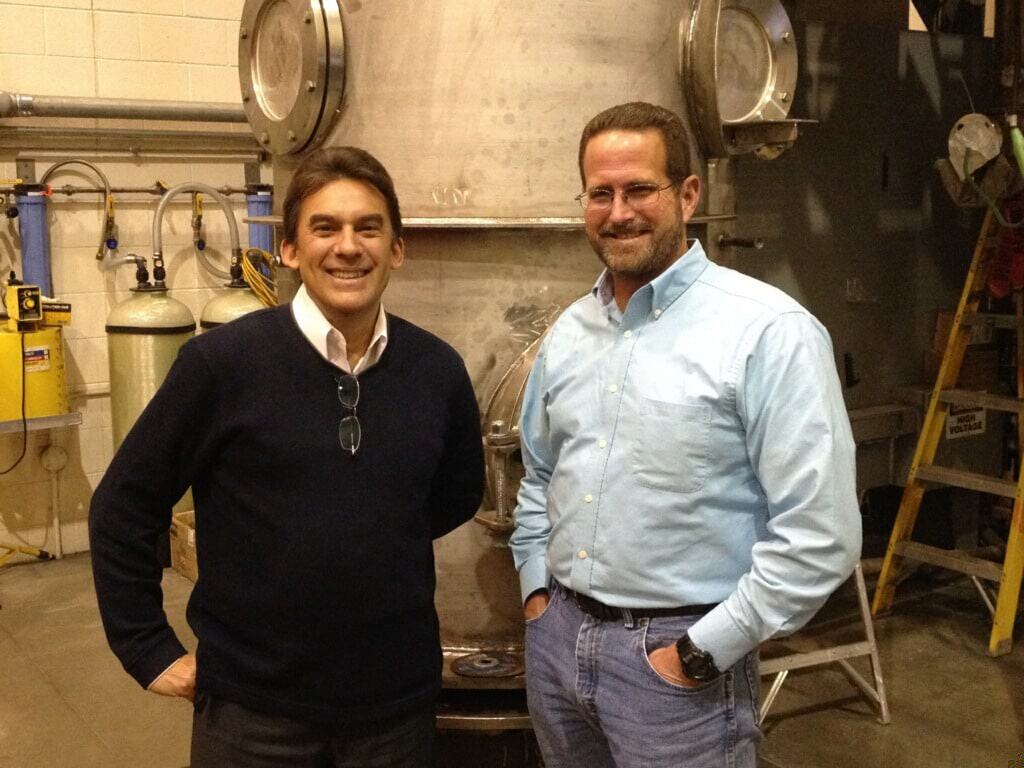Where is Hyperion Power Generation headed now?
Hyperion Power Generation has been one of the more interesting and vocal companies in the small modular reactor (SMR) business during the past few years. I have attended a number of conferences and meetings at which John “Grizz” Deal and/or his sister Deborah Blackwell have been featured speakers or the centers of interested crowds in the hallways.
I interviewed Grizz Deal for The Atomic Show in August 2008 and followed up with an update for The Atomic Show in January 2010. I have been keeping up with the company’s progress, but have not seen or heard much in the past six months.
A couple of days ago, however, I received an update via LinkedIn that Grizz had a new job as the CEO of a company called IX Power (pronounced as “nine power”). I got in touch with Grizz yesterday to find out what had happened to his position as CEO of Hyperion.
Not surprisingly, he was not able to tell me much, since he is under both non-disclosure and non-disparagement agreements. He told me that he was excited about the opportunity to work with technologies that could be made in America and exported without getting permission from multiple export control offices. He agreed that it sometimes seemed that those offices worked under rules specifically designed to discourage US job creation in energy game changing technology. As we agreed during our conversation, that has been the attitude of the US government with regard to nuclear energy related products for quite some time.
During the conversation he mentioned that he and Deborah were still committed to their joint mission of building systems that can deliver both reliable electricity and fresh water to places where those important commodities that we take for granted are virtually unobtainable. He invited me to visit IXPower.com to learn more about their new company, its team and its mission.
One thing that jumped out at me on the “About” page was that virtually every executive that was a part of the founding team at Hyperion seemed to now be a part of IX Power. It will be interesting to see how that migration affects the prospects of both Hyperion and IX Power.


The water quotas between Canada and US are going thru rough negotiations. In Beijing a barrel of water goes for 437$. The US only pays Canada 28$ per barrel. Next wars will be fought over water. Mark my words.
Water, the blue gold and the provinces of Canada have more than 20 percent of drinking water supplies on the planet.
Excuse me while I yawn. This group has been all smoke and no fire for years now. As well they are not in a position to compete with Toshiba or Babcock & Wilcox in this field; the pockets of the later two are just too deep.
While I do support the notion that small enterprise should be able to enter the nuclear reactor market, the fact is that the regulatory atmosphere makes it almost impossible to make headway. Large corporations can afford to wait it out while they work the system, smaller entities cannot.
Why don’t they build the prototype in a country with less draconian regulations?
Probably because the export rules wont allow them to take the tech outside the US. The HPM is based on a Los Alamos concept.
Perhaps the technology originated at Los Alamos National Labs and regulations won’t allow it to be taken out of the country
How much electricity would be required from such a reactors to make water and how much electricity would then be leftover to sell on the market?
Daniel:
If done correctly you wouldn’t need any of the reactors electricity except for pumping maybe. The waste heat from the reactor would be more than sufficient to drive a desalination system.
Well, Rod was looking for excitement in liaison with nuclear. The world is very thirsty (some are actually dying) and the US is in a net deficit of drinking water and must import enormous quantities.
I sincerely think that there is a niche market for SMRs: energy and drinking water. This is how I would position this technology.
Developed countries and the third world should line up and get the frigging message.
The key is for people to realize that the nuclear energy systems will have an exceedingly low chance of actually contaminating the water (which is obvious to people who actually know about nuclear power).